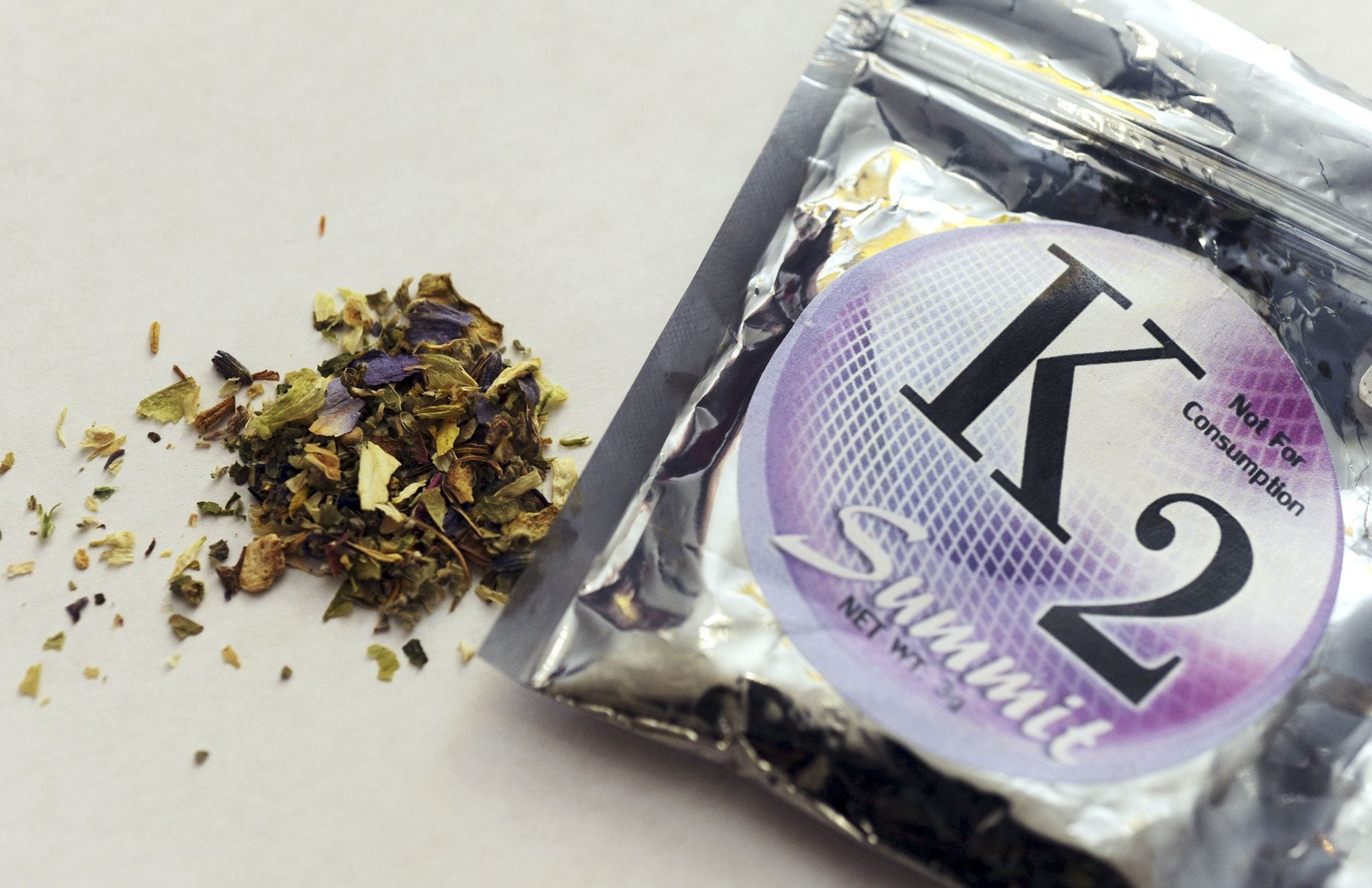"It didn't treat me, but it offered me the chance to get the rest I needed to recover, and I was able to function at a much greater level than with the painkillers, that made me get up foggy every day," he said. "With cannabis, I can consume it in the evening and awaken with a clear head."Marijuana is an especially effective treatment for individuals who require aid with discomfort management, along with those with sleep disorders or anxiety; however, "there are hundreds of conditions that it treats," Rinella stated.
Medical choices should not be made based upon advertising. Speak with a physician on the benefits and risks of specific medical marijuana products.

The results of an online study, making up 95 participants, featured in the Journal of Option and Complementary Medicine in 2014. The scientists found that participants preferred indica strains for discomfort management, sedation, and sleep while they would decide for sativa strains to improve energy and state of mind. Relating to marijuana alternative names discomfort management, individuals reported a statistically considerable result when using indica for: It is, however, crucial to note that this research study had several restrictions.
Participants did not utilize the marijuana in a controlled setting, possibly leading to differences in drug structure, dosage, and potency. Another study taken a look at using naturally grown sativa and indica strains in the treatment of a number of medical conditions. Just over half of the participants were using cannabis to treat HIV.
The outcomes suggested that indica stress are most likely to improve energy and cravings, while both sativa and indica stress can relieve nausea to a similar degree. Cannabis includes substances that may alleviate discomfort, queasiness, and other signs. The elements of marijuana that the majority of research studies concentrate on for discomfort relief are cannabidiol (CBD) and tetrahydrocannabinol (THC).
CBDTHC resembles the cannabinoid chemicals that happen naturally in the body. When people ingest or breathe in THC, it the brain's cannabinoid receptors. This triggers the brain's reward system and decreases pain levels. THC is a psychoactive compound as it binds to cannabinoid receptors and produces an elevated state of mind, called a high.